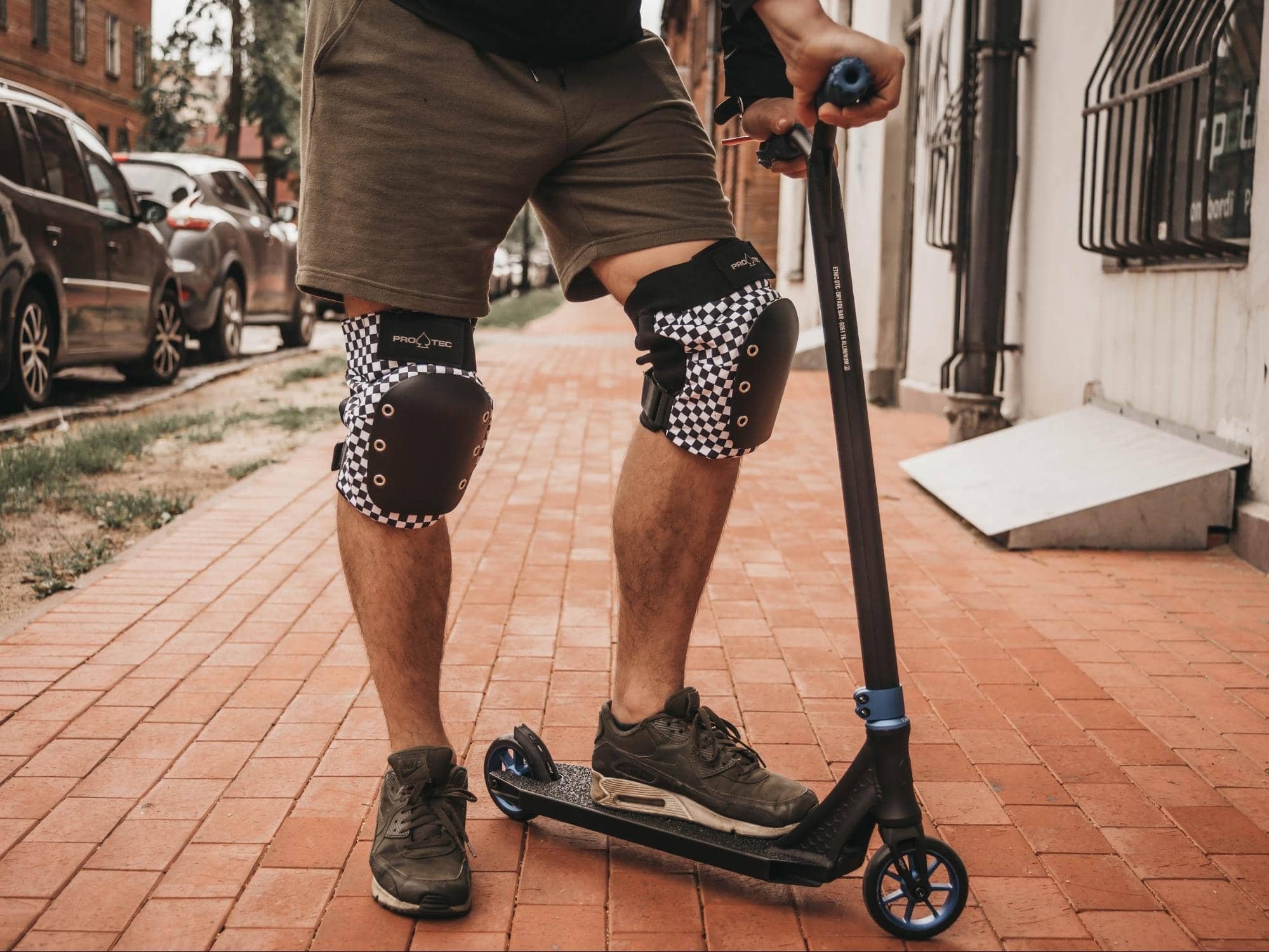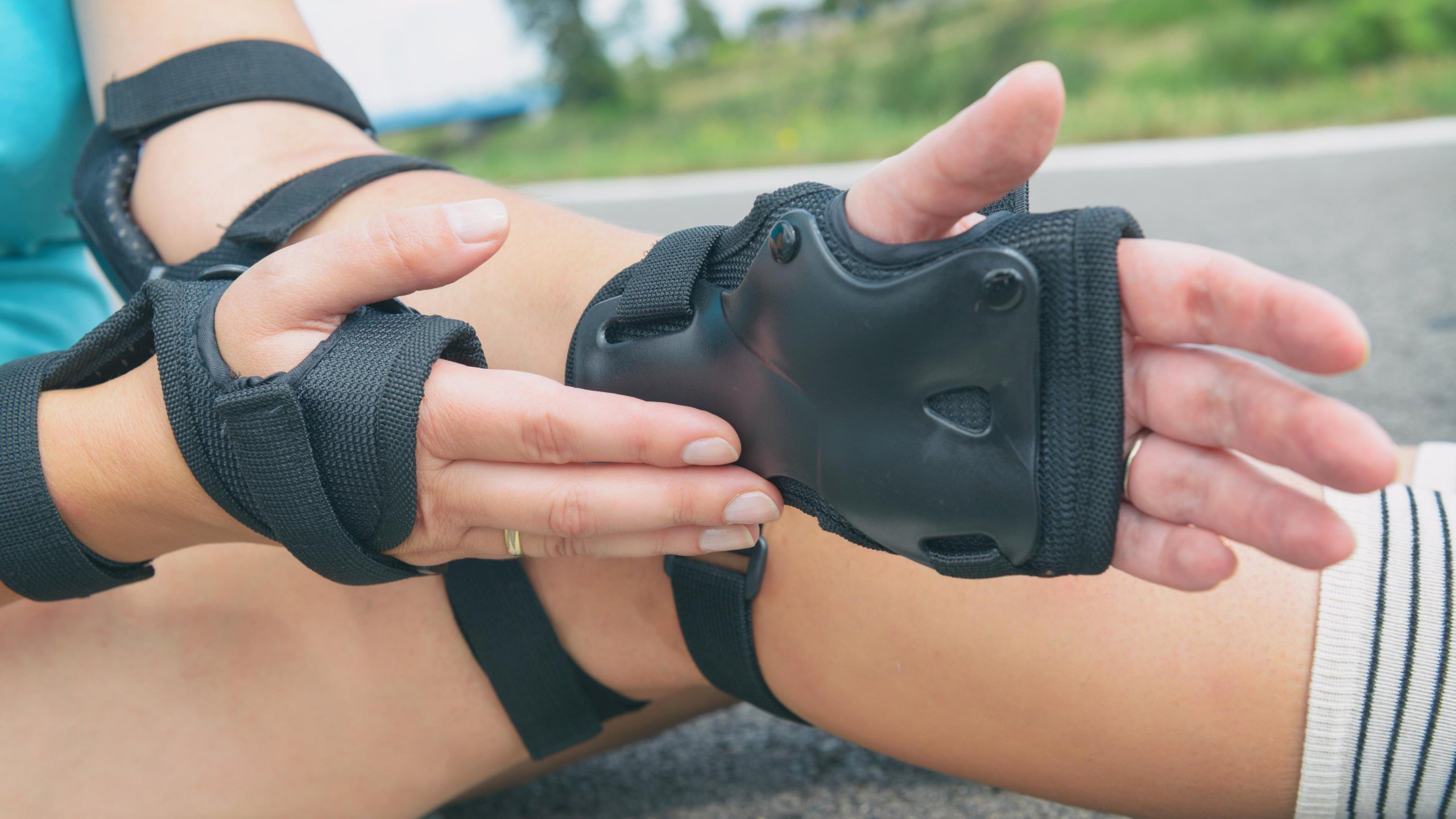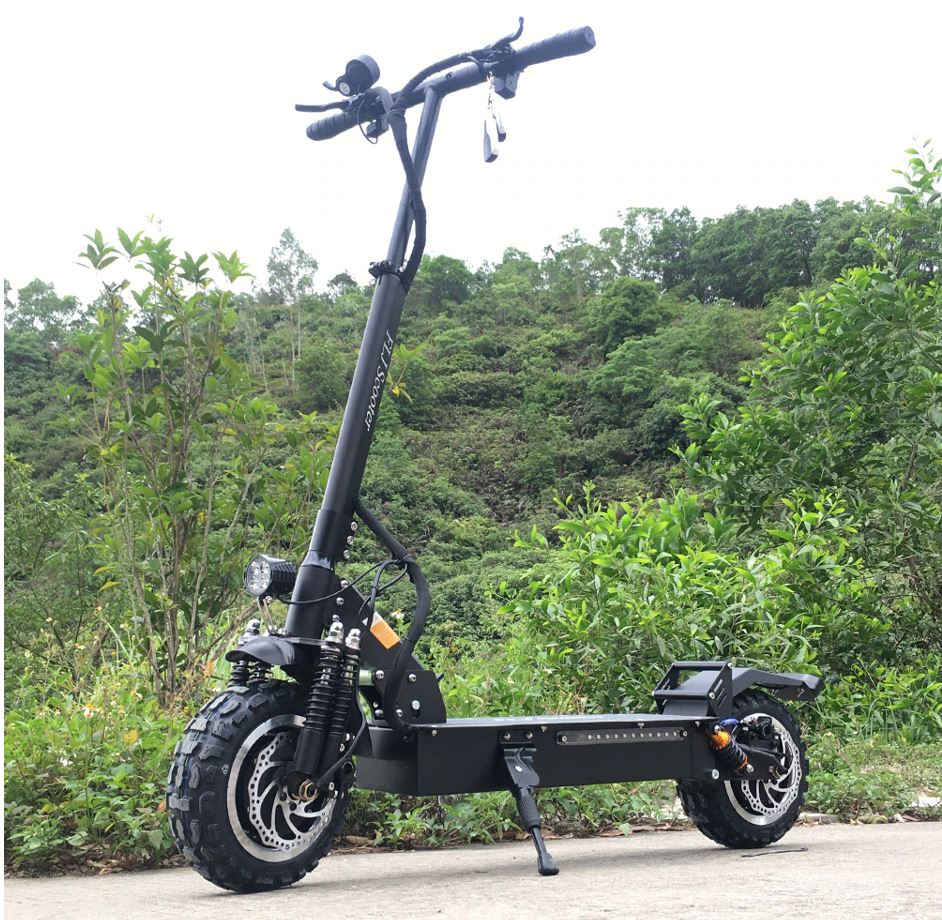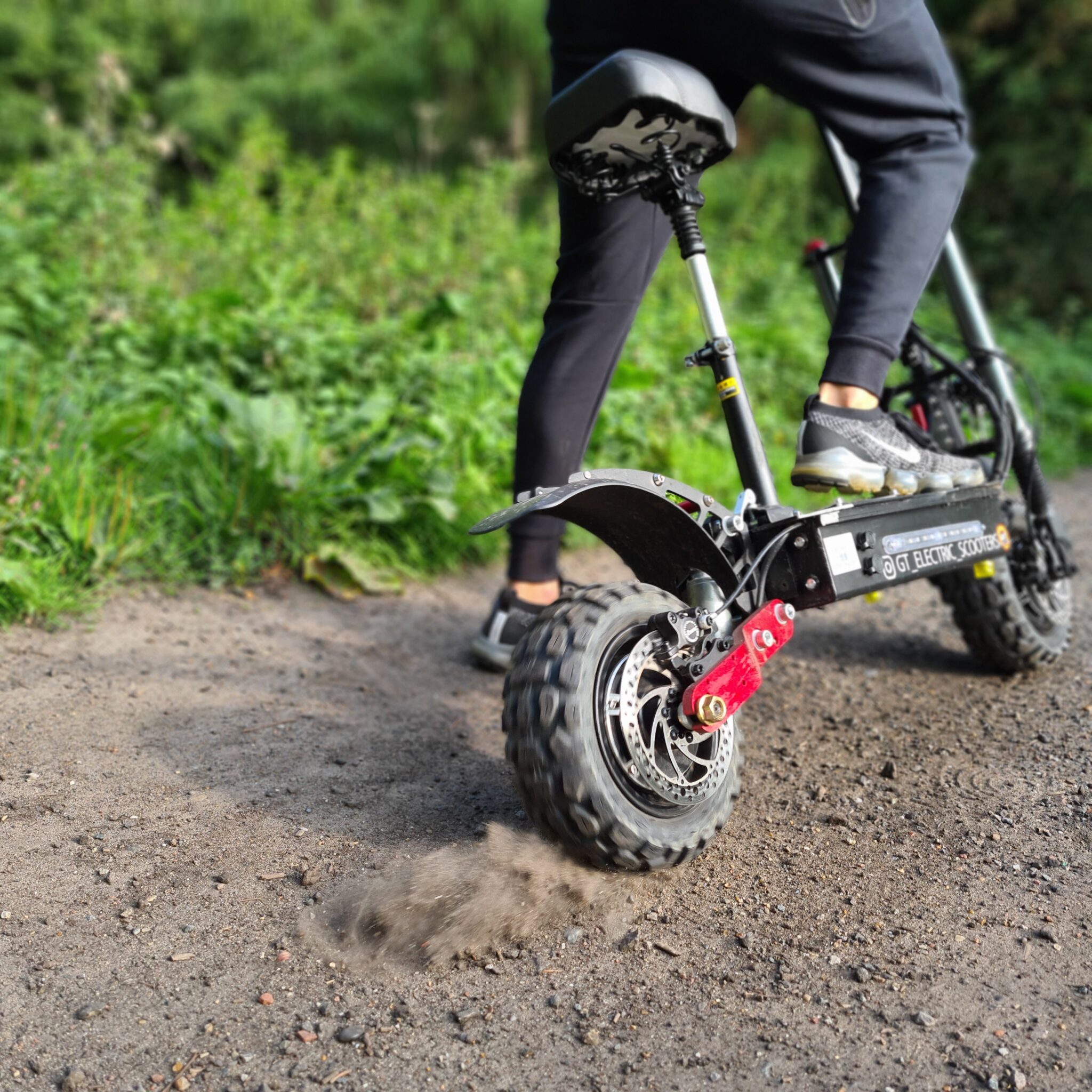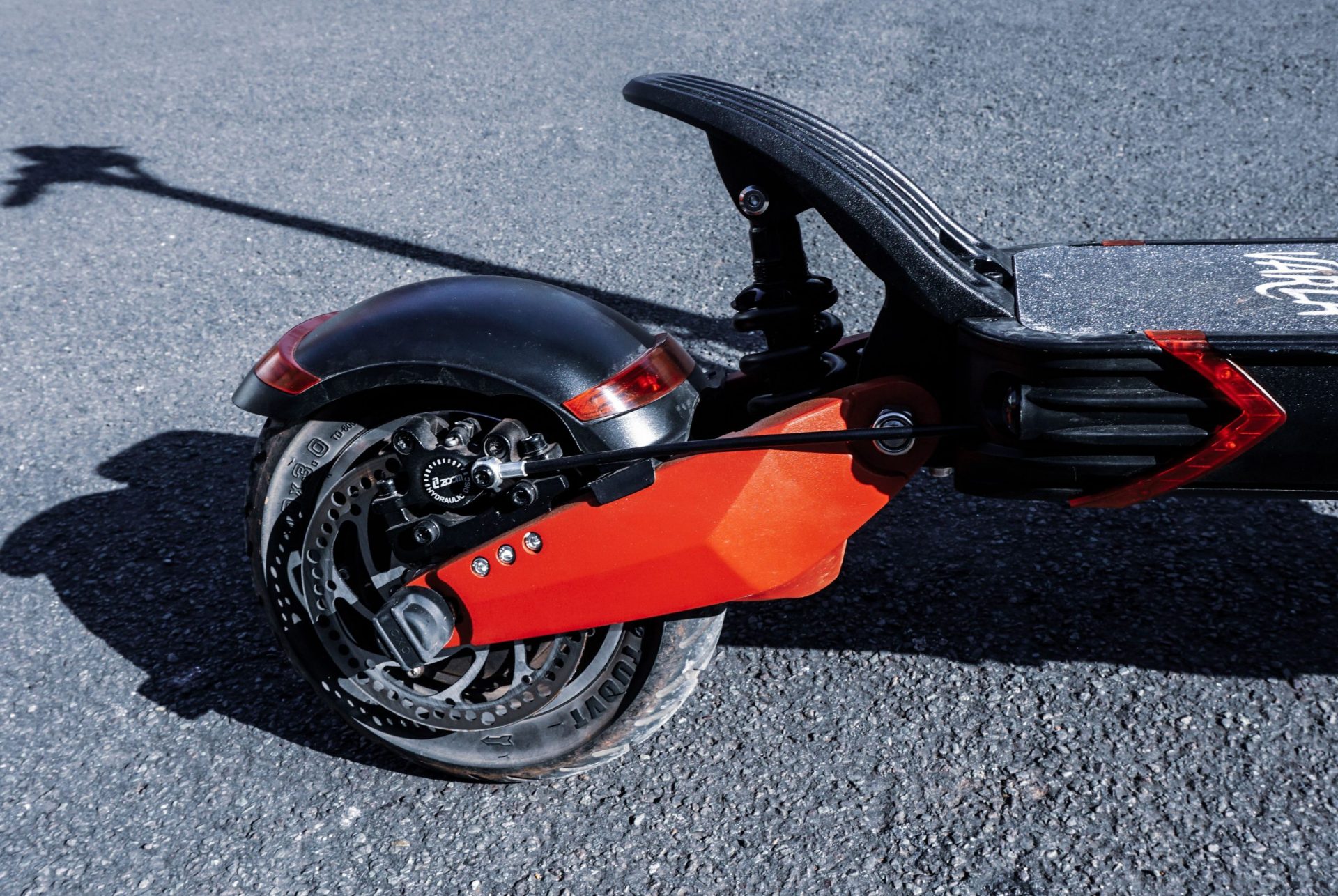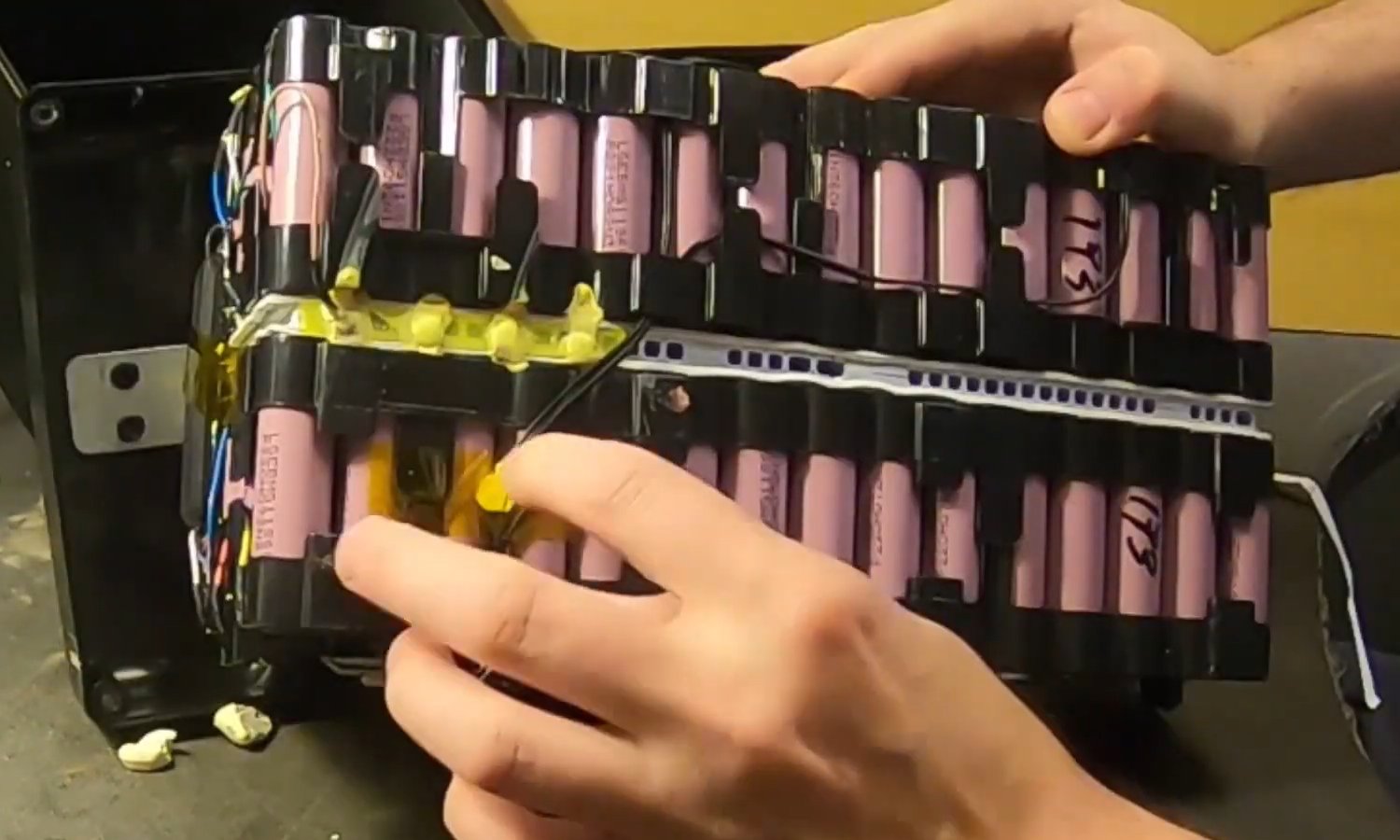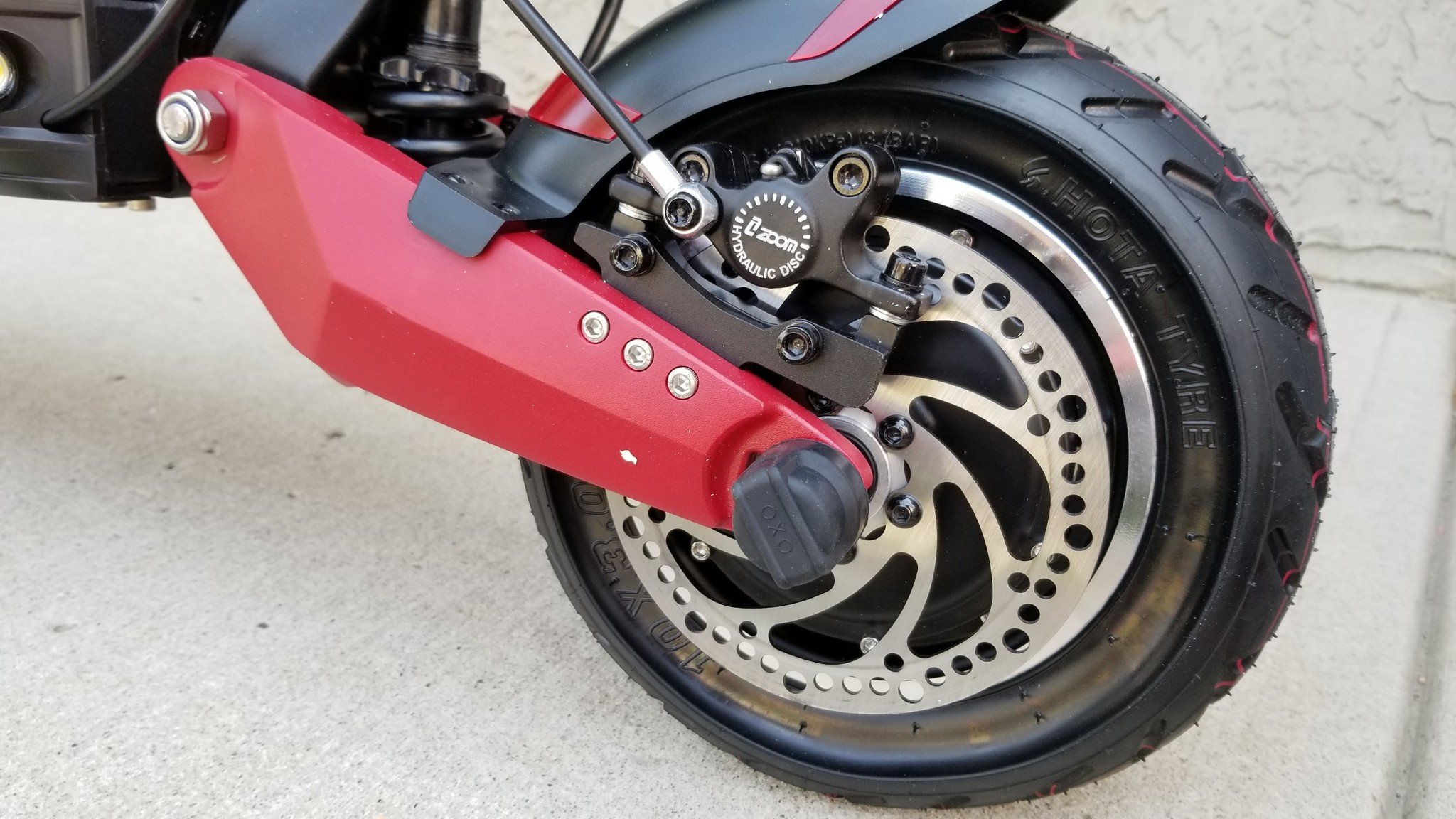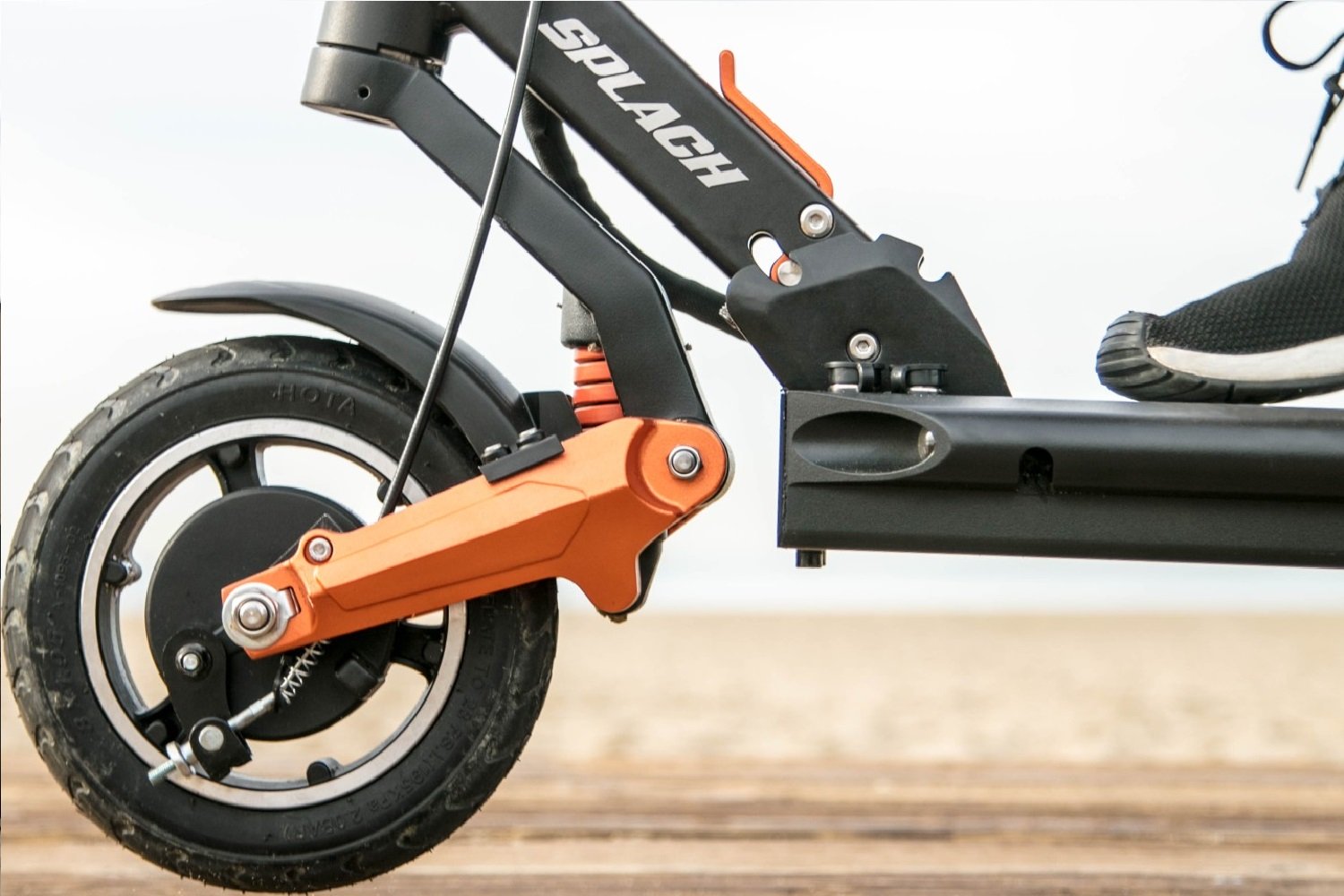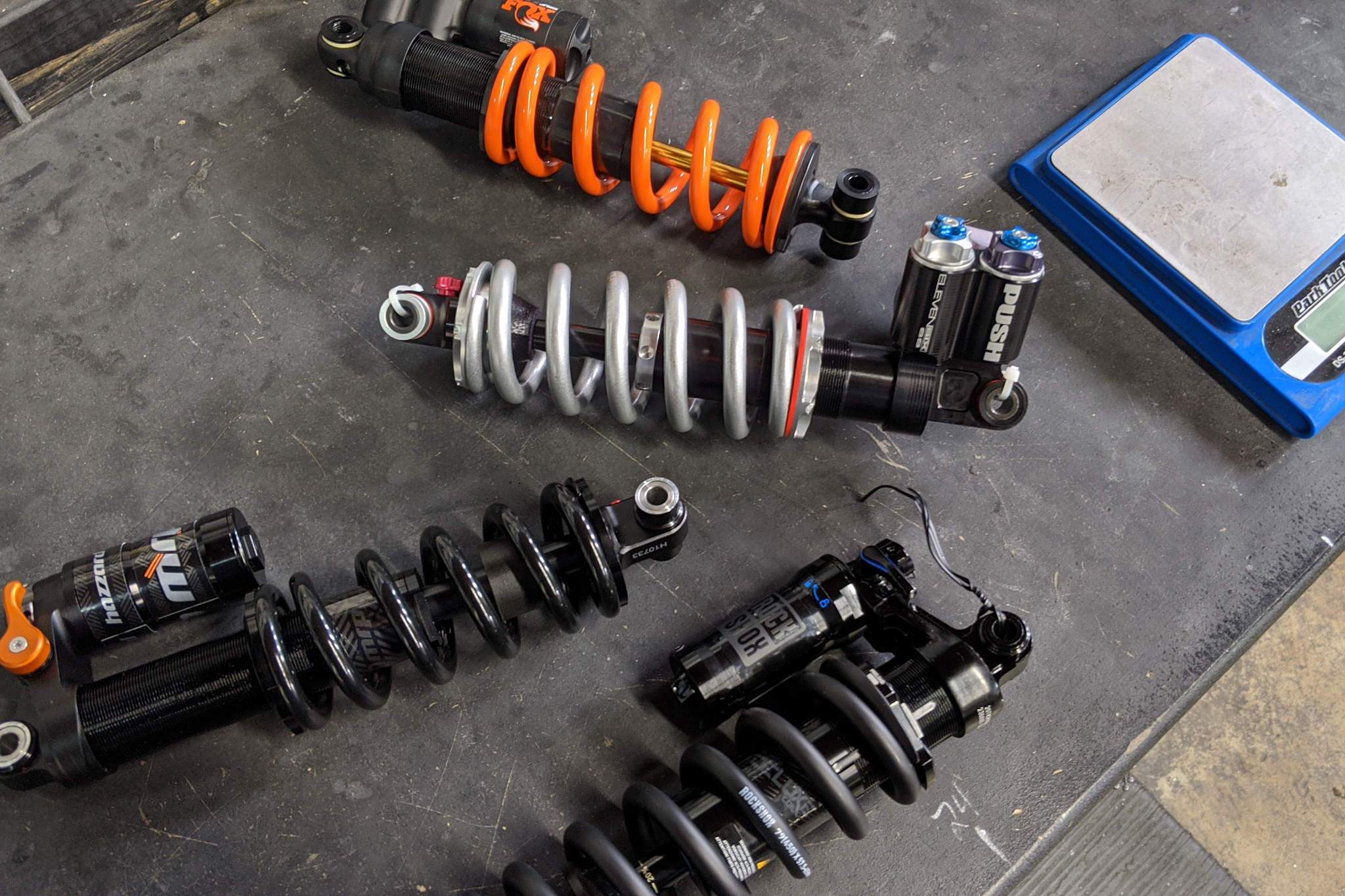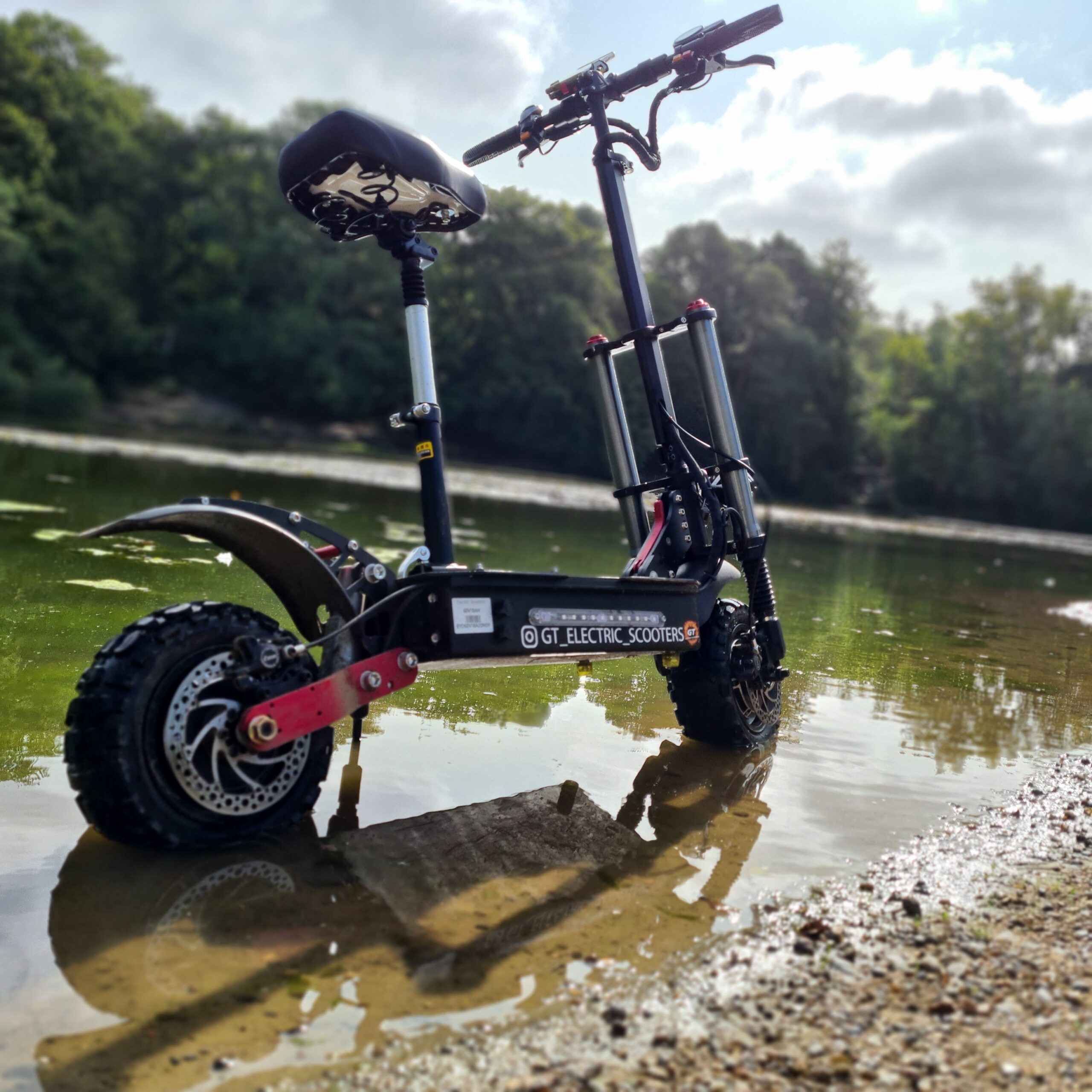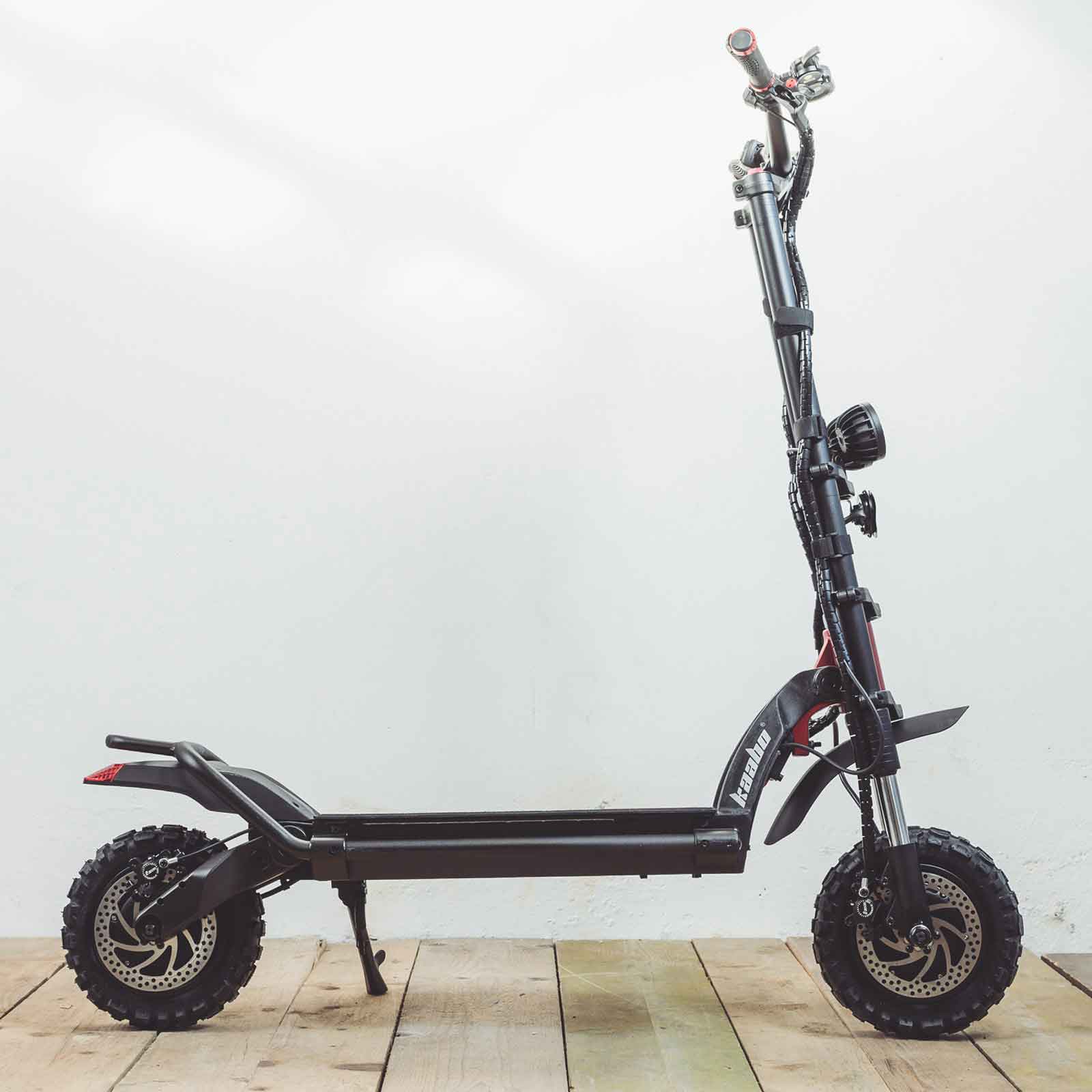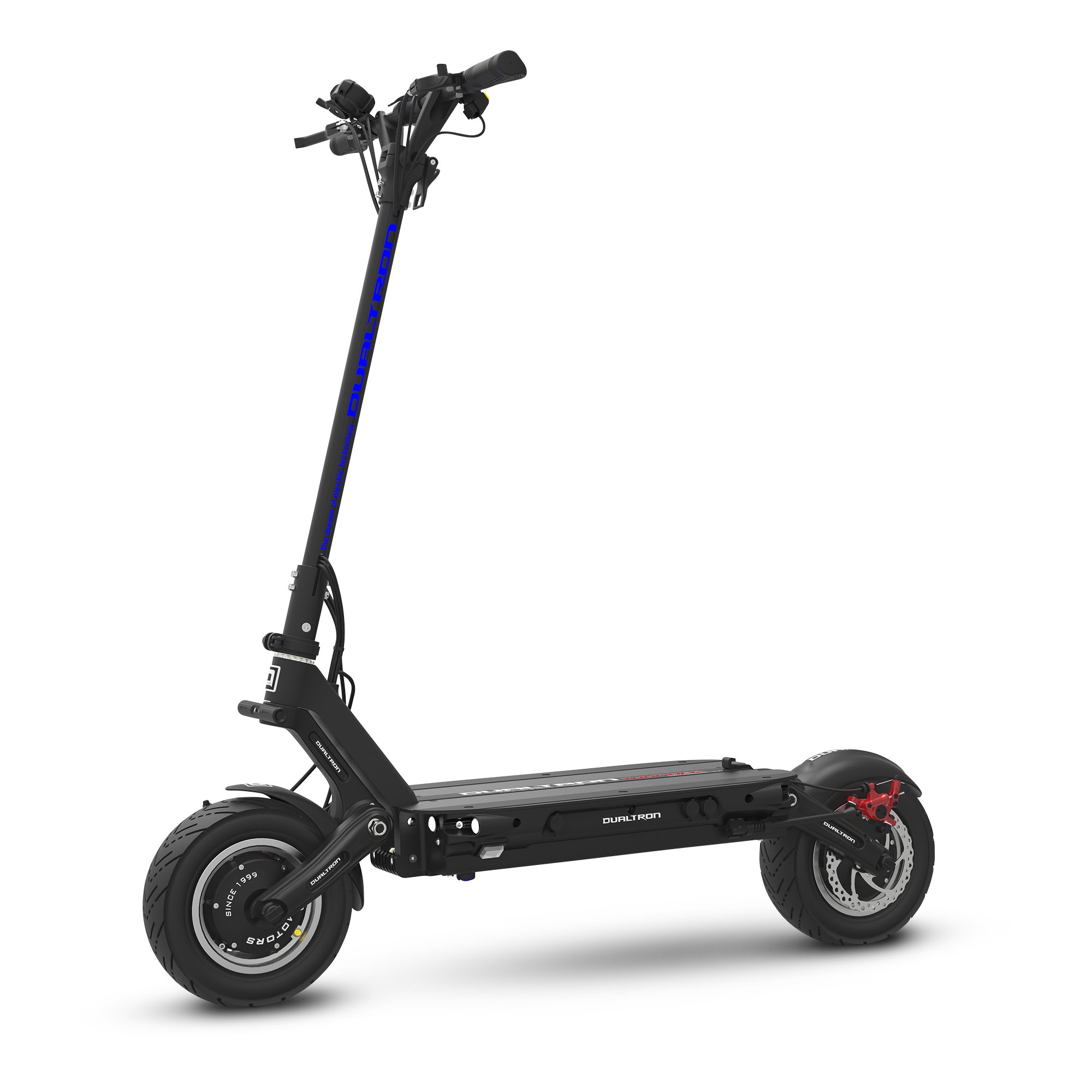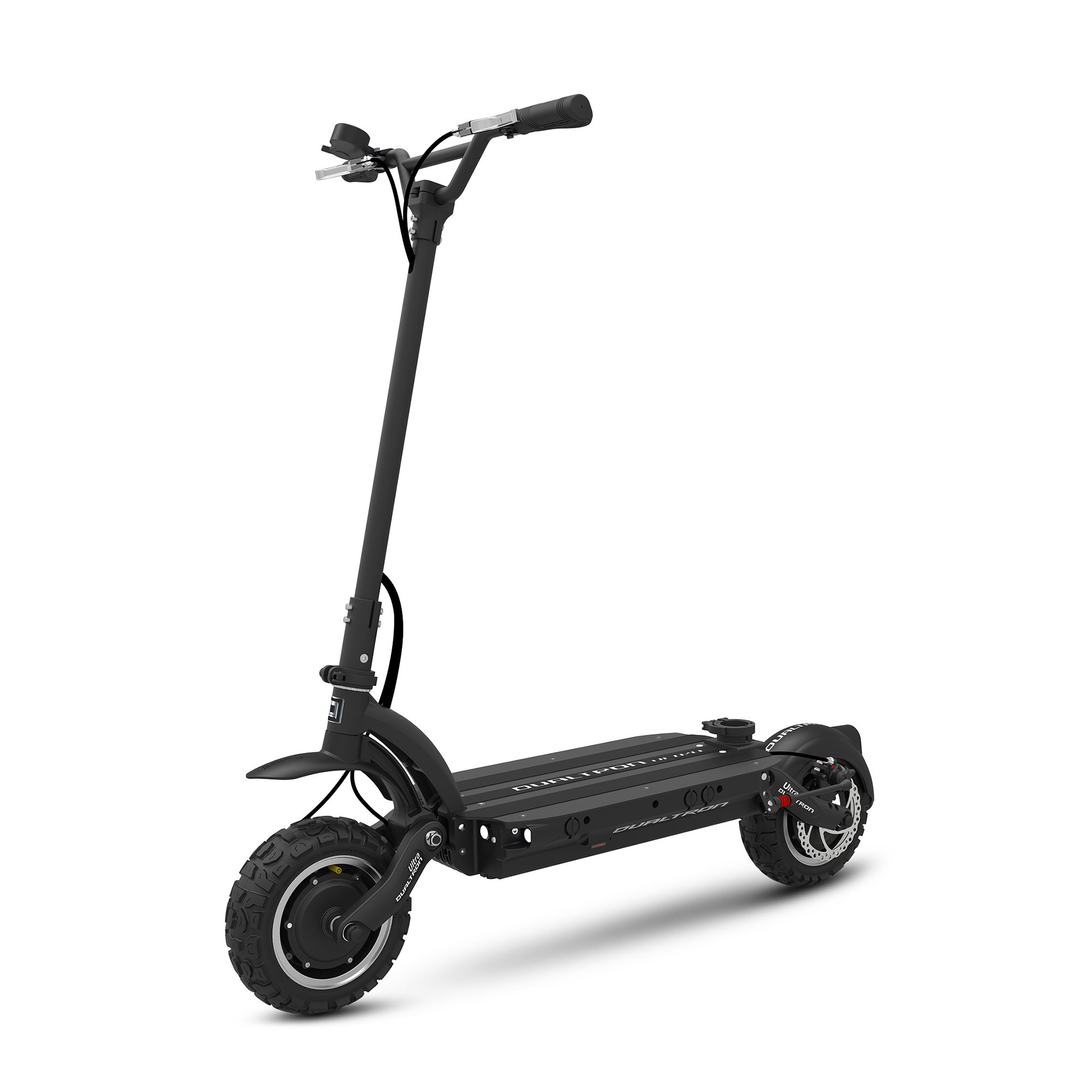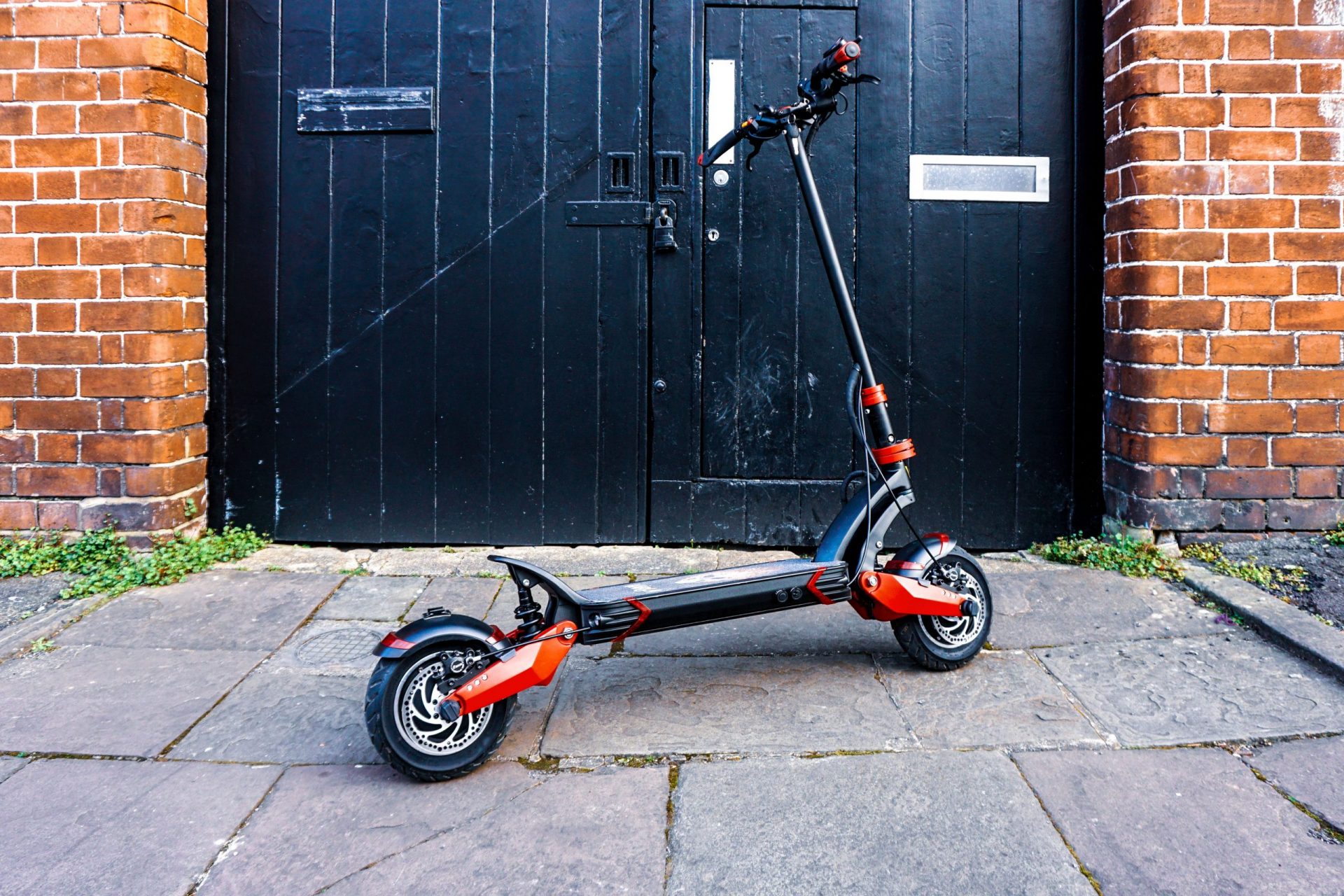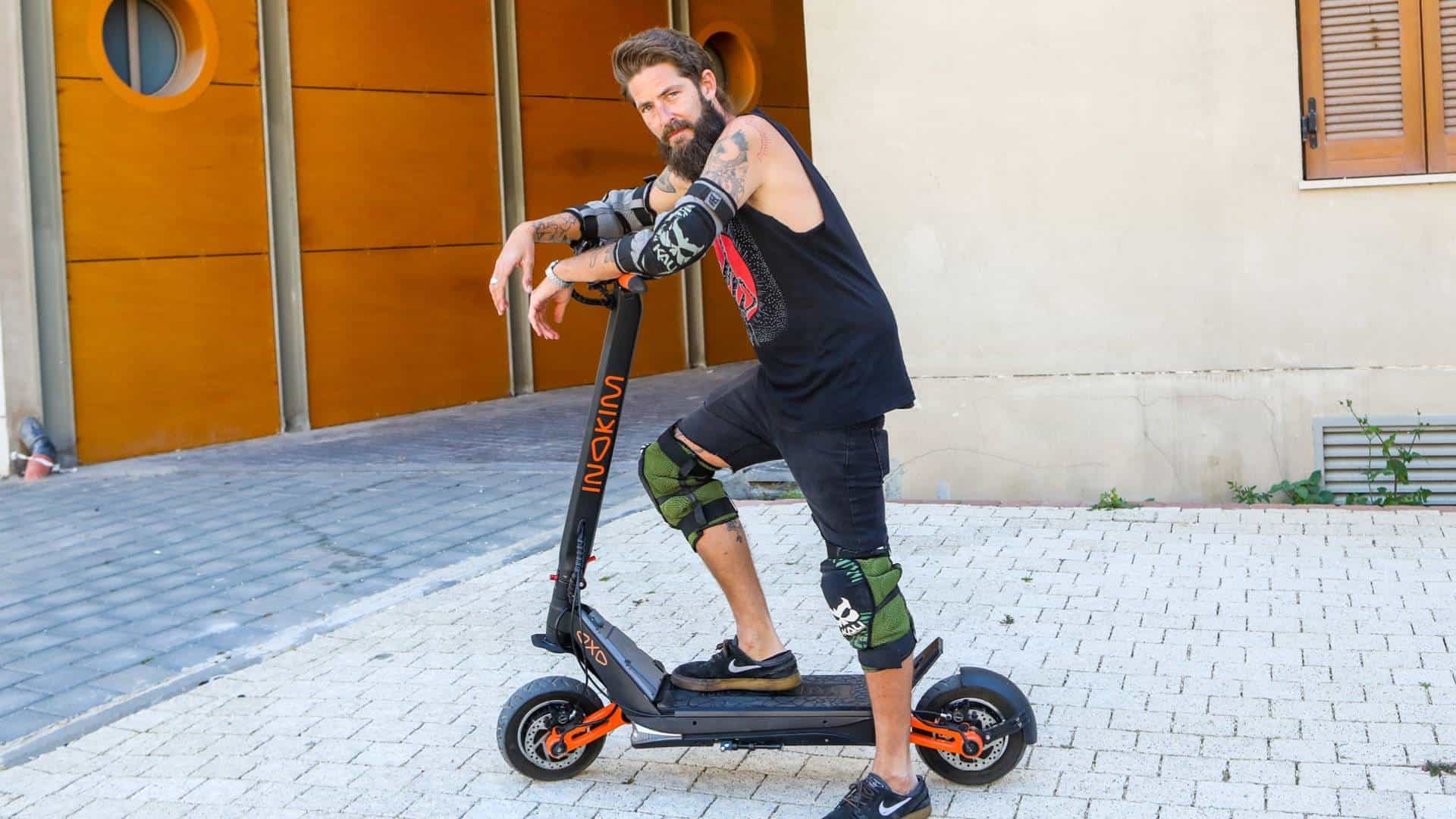Now it’s finally moving, PEV technology and innovation are showing no signs of slowing down. As a result of frequent technological advancements, we’ve seen a meteoric rise of a new breed of super scooters. With these great increases in power, battery life, and waterproofing, taking your e-Scooter off-road is fast becoming a viable option for even the average rider. Until recently, all-terrain scooters were often expensive and impractical for most, more of a toy than a viable vehicle.
As the price of components drops and today’s technology becomes yesterday’s commodity, these powerful eScooters have become increasingly available. Although exciting, riders must remain responsible for the benefit of both themselves and others. In this guide, we aim to cover everything you need to ride off-road effectively and most importantly, safely. So, let’s first begin our e-Scooter off-road guide with the right equipment.
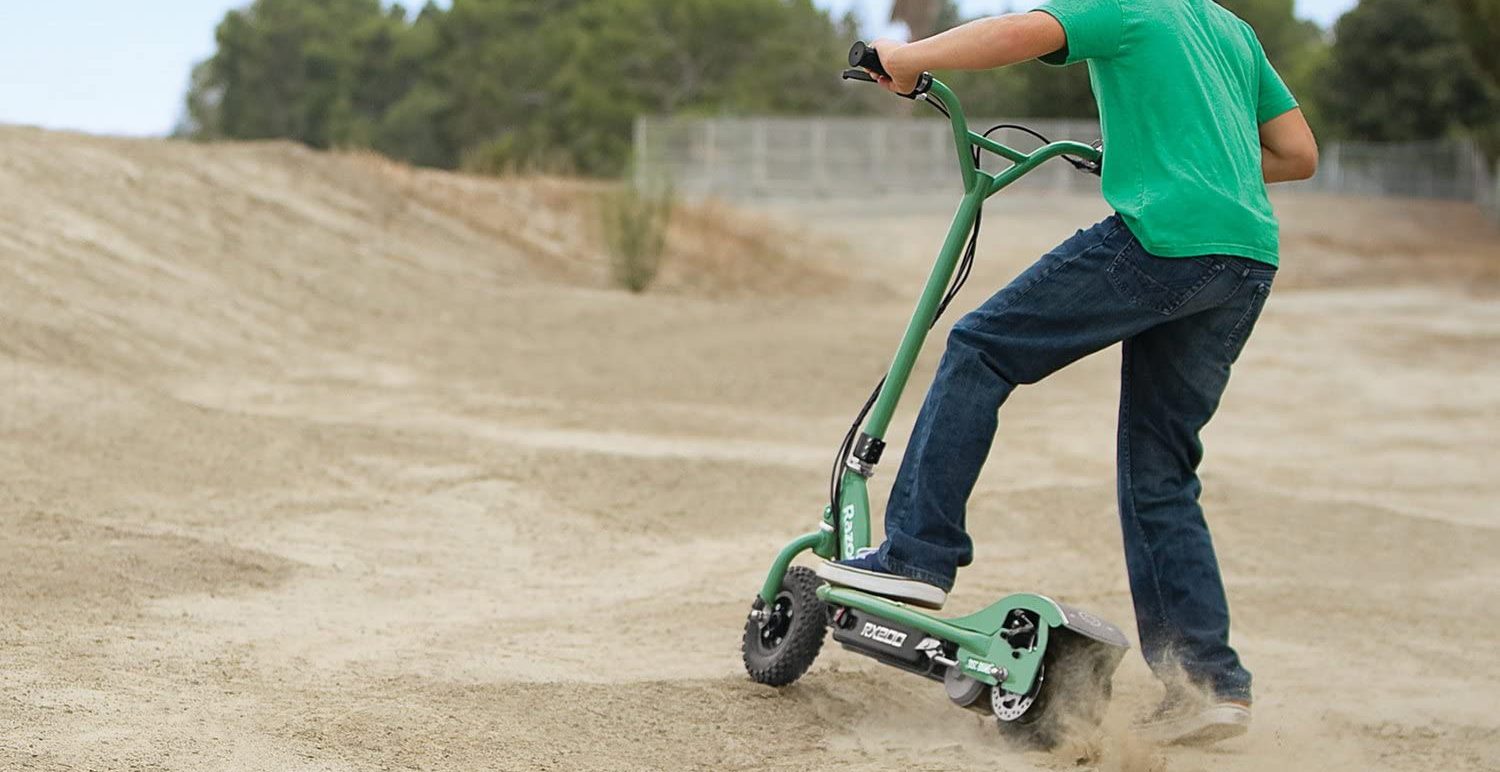
What You Need to Ride Off-Road
Before even setting foot on your off-road e-Scooter, we heavily recommend equipping adequate safety gear. Whilst helmets are a good start, this is still the bare minimum; especially when riding offroad on varying terrains. Most riders forget that after their precious heads, knees and elbows are commonly next in line for their date with gravity.
This can cause some serious damage to unprotected riders, especially at high speeds. Although a good set of elbow and knee pads won’t absorb all the impact, they definitely safeguard against cuts and fractures.
Helmet
Whether it’s a motorcycle or an electric scooter, a proper-fitted helmet is the first and most important thing on our list. Riding a scooter without a helmet is a poor lapse in judgement and a fall at any speed can result in serious injury such as a TBI (traumatic brain injury).
A simple MIPS helmet can mitigate this risk as the technology uses a slip-plane system that moves inside the helmet to mimic your brain’s natural anatomy and protection.
While your average helmet is sufficient for regular electric scooters, you may want to consider investing in a motorcycle helmet for offroad/motocross riding for full-face protection. Electric offroad scooters can hit speeds up to 40mph/64kph, so an offroad helmet also provides the added benefit of covering your eyes from the wind.
Wrist Guards
Wrist guards remain often overlooked, yet this location is one of the most likely areas of injury. Most people instinctively bring up their arms when falling to catch themselves. However, at high speeds, this can cause more harm than good.
Slamming your wrist or hand into the ground with all that momentum is an almost guaranteed injury; commonly fractures or ligament/tendon damage. As such, wrist guards offer extra support in the event of such a fall, however will still not prevent a fracture if contact is heavy enough or at a bad angle.
Gloves
Moving on, a good set of gloves is integral and should always be worn over wrist guards. As we all know, palms and fingertips are very sensitive areas, so protecting them remains a priority. With so many brands and equipment to choose from, making the right choice is important, for your own safety.
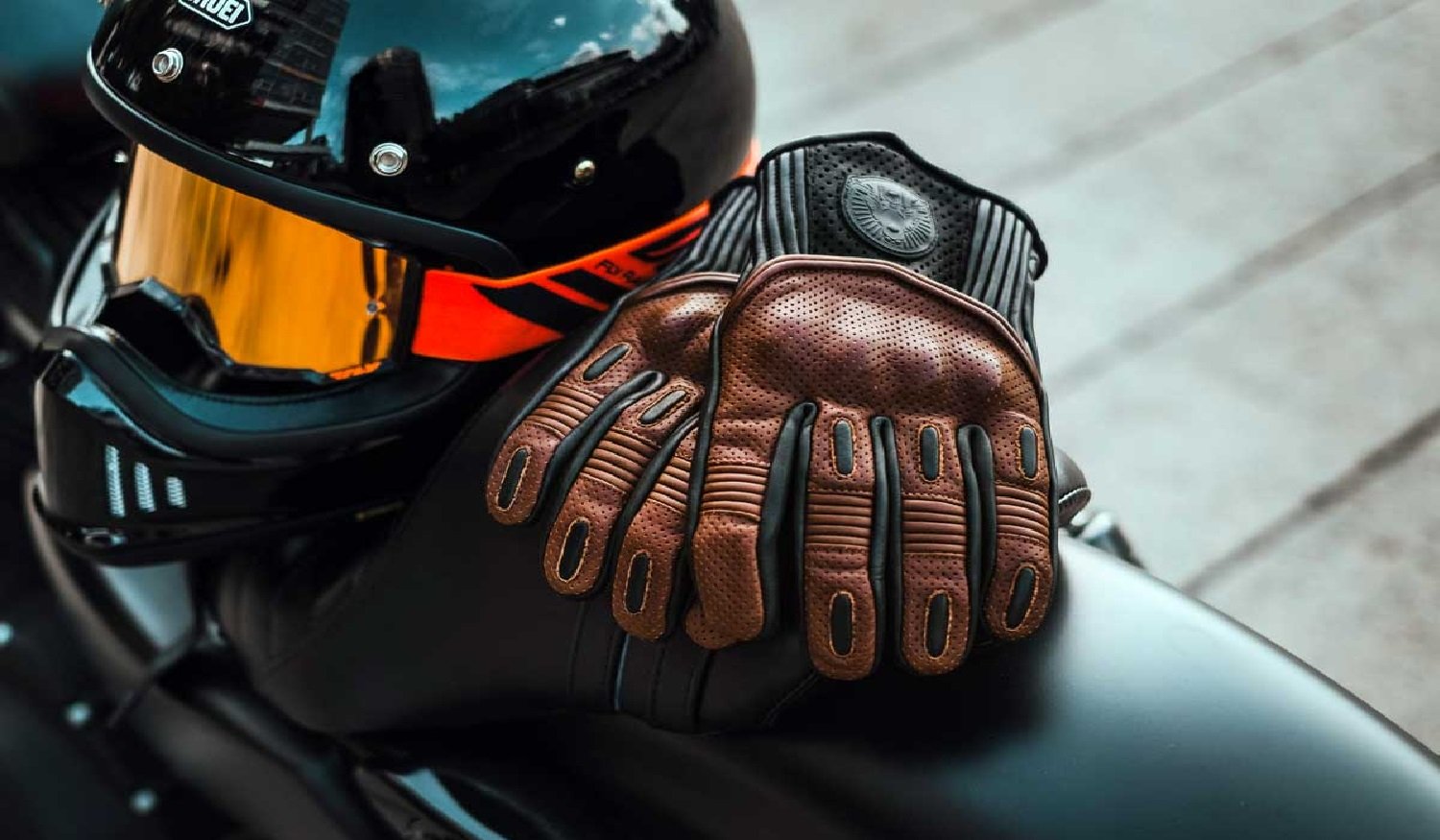
Depending on your riding style and speeds, motorcycle gear is a great alternative if you’re looking to ride with ATGATT (all the gear, all the time) in mind.
To that end, you might want to check out these protective gear lists:
Falling Safely to Minimise Damage
Surprisingly enough, the best way to avoid damage to your wrists is to not try and catch yourself with your hands! Here are a few tips to finesse your fall and better protect your wrists, elbows, and hands. If convinced that a collision or loss of balance is inevitable, try to crouch first to minimise the fall distance. As you fall, tuck in your elbows and try to land on areas with more mass, such as your shoulder or back.
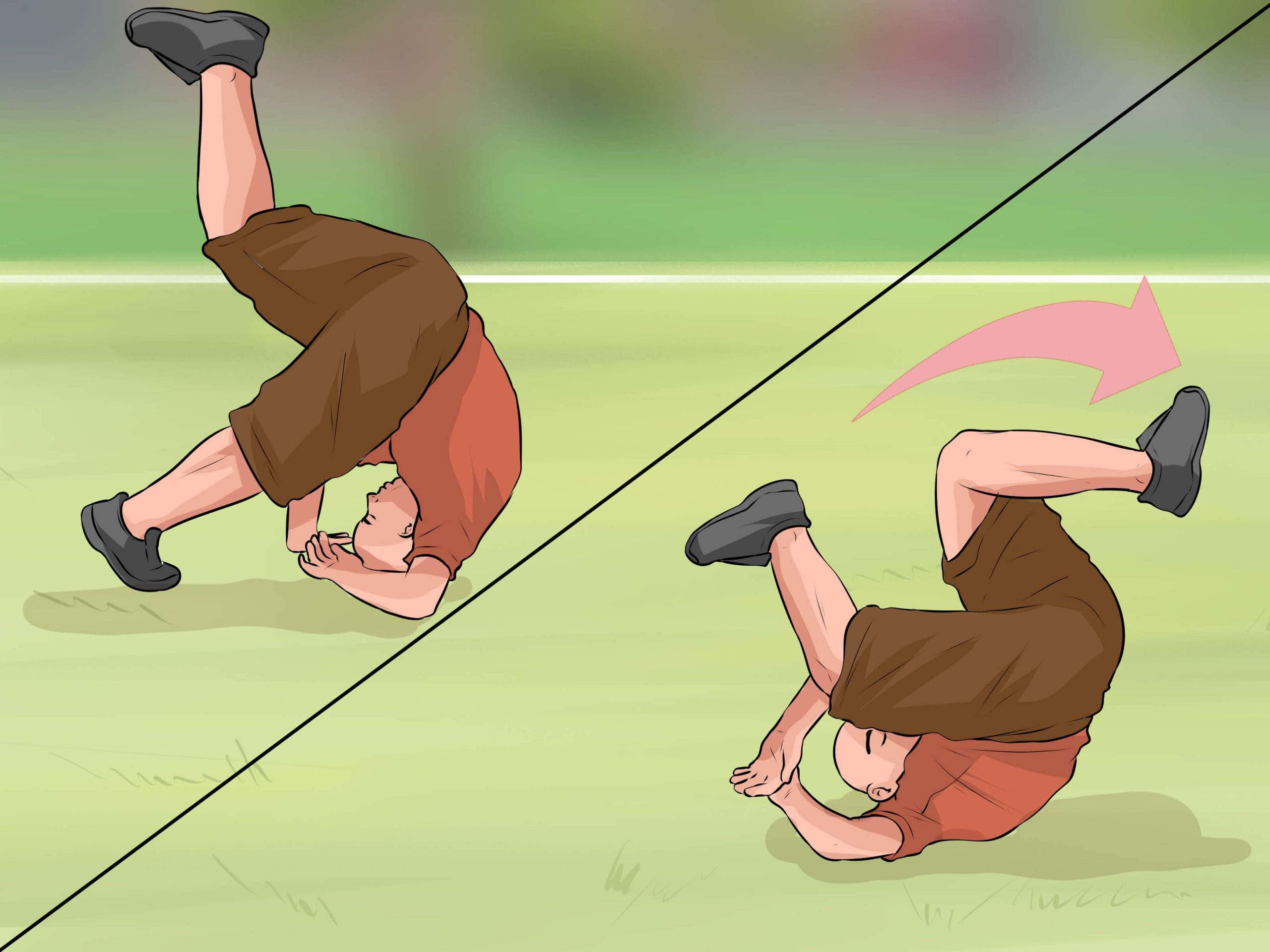
Due to the fall occurring at speed, momentum will take over, so make sure to roll on impact. Although this goes against instincts for some, implementing these methods will result in a safer fall and reduce the risk of injury. If a fall occurs at a slower speed, it may prove safer to try to land feet first and run, depending on velocity. However, this is situational and should not be attempted at high speeds, or travelling downhill.
Know Your Route
Another aspect of offroading that’s also overlooked is the importance of knowing your route. As a rider, it remains your responsibility to survey your surroundings and map out your chosen route. Learn the area on foot first, then practice your path slowly to get a better feel for it.
Look out for any intersecting roads likely to contain pedestrians or other traffic. Take note of the terrain, including any ditches and dips in the ground, or foliage, trees, and other obstacles.

A high-profile and unfortunate example of poor route planning occurred in 2010. Segway CEO Jimi Heselden was riding offroad along a dirt footpath in West Yorkshire, UK. Even though this route was clear-cut and straightforward, he unluckily found himself falling off a cliff face after reversing to make room for a dog walker. Although this case was easily avoidable, it proves a prime example.
This incident is as good a segue as any to bring us onto the next section of our offroad guide, eScooter capability. Riding an electric scooter that actually possesses good offroad capability is a crucial factor. Nobody will last long on tricky terrain with standard city wheels, a narrow deck, and poor suspension. Whilst in the above case a parachute was required, a good set of brakes also does wonders in preventing an accident; as discussed below.
What Makes An Electric Scooter “Off-Road Capable”?
When it comes to off-road capability, manufacturers must account for a number of factors and features. Whilst design is arguably most important, having responsive brakes and a big enough motor remains integral; both for performance and safety alike.
For comparison, an off-road eScooter and a budget city scooter both have the same core components. However, the city models offer minimal offroad functionality, usually due to motor power and overall design; whilst the former is often much more powerful and multi-terrain capable. Here are a few of our requirements for an off-road capable electric scooter:
Motor
Firstly, the most crucial component of any electric scooter, the motor. Models marketed as off-roaders must have a suitably powerful motor to operate as intended. Whilst ~750W is a good entry level, riders will struggle to dominate hills and other inclines. We recommend a model with approx. 1000W+ motor output. Weight depending, this motor size tackles most terrains and inclines whilst reaching average speeds of ~35 mp/h.
Of course, many high-performance offroad eScooters boast mighty motors outputs of 3000W and over. These models often utilise dual motors, typically ~1500W each and enable riders able to switch between single and dual modes.
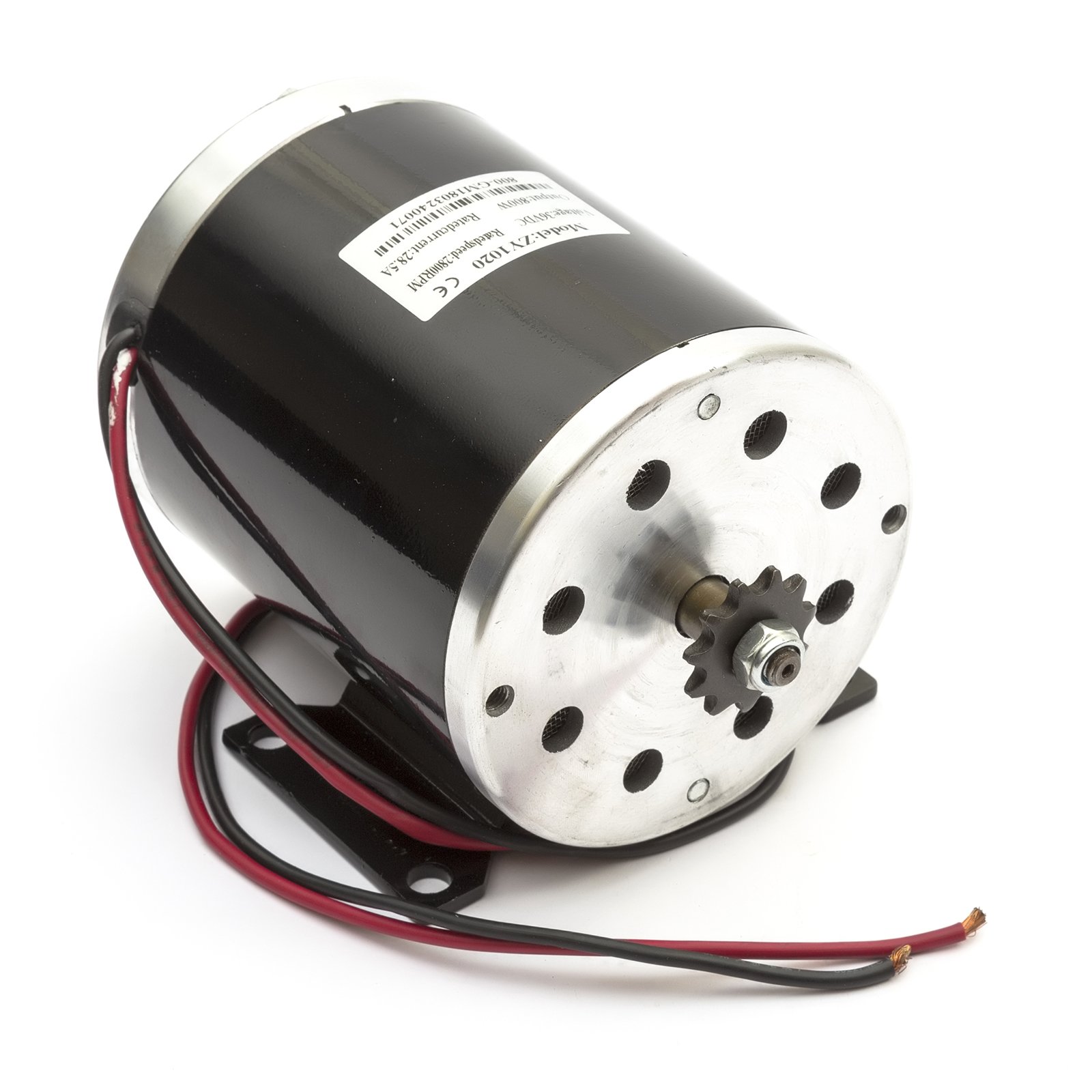
Design
Next comes design, another integral factor in offroading. The design of these models must be strong and sturdy, capable of absorbing the shock of such rough riding. Not only will a good design aid in overall performance, but they also remain much safer to ride offroad than street scooters. A good design incorporates everything, from suspension and braking to lighting.
We recommend looking for models with carbon fibre or aluminium alloy frames, as they are usually far more durable and lighter than their steel counterparts. These designs should at least feature:
- Decent maximum payload (at least 120+ kg)
- Suitably powerful motor (750W+)
- Responsive brakes
- Sturdy frame
- Front/rear lighting
- Good suspension
- Wide, spacious deck
- Off-road pneumatic tires
- Adequate waterproofing and cable protection
These offroad scooter models also withstand much higher weights, usually up to 150+ kg (330 lbs). For standard models, traversing slippier terrains uphill is a nightmare, especially when nearing the weight limit.
We advise checking the maximum payloads of your chosen model to personally ensure the best possible performance when riding. Lastly, maintaining rider control, comfort, and safety at all times is integral. Look for designs with large, spacious, and grippy decks to stand on, these should give riders plenty of room to manoeuvre on.
Brakes
Perhaps the most important aspect of any electric scooter. Having responsive and effective brakes can be the difference between stopping in time and having a collision. When riding off-road or on a new trail, almost anything can happen. This is especially the case when riding on slippery surfaces such as mud, dirt, or gravel. At a minimum, we recommend dual disc brakes, as they prove amongst the most effective.
Drum brakes also offer suitable stopping power, whilst requiring minimal maintenance or tuning. Having both front and rear braking capabilities is crucial, with many models combining a manual and electric brake. Although mostly an added extra, regenerative braking is a great feature to have on any model. This converts kinetic braking energy back into the battery, boosting total mileage.
Battery
Moving on, any good off-road eScooter will possess a suitably sized battery, usually 36V+ in capacity. Typically, riders should look for models utilising lithium-ion battery cells. These types of batteries usually last much longer than their cathode counterparts, in both charge time and overall lifespan. Lithium-ion cells also charge much faster than other batteries; all whilst operating much more efficiently and losing less charge over time.
We believe that good batteries should offer at least 25+ miles of range and comfortably power a large motor. They should charge at a reasonable rate and offer dual charging capabilities to speed up this process. Lastly, it is crucial that they are adequately protected within the frame or deck, possessing an IP54 waterproof rating at least.
Wheels
Tires and wheels are perhaps one of the most understated components of an offroad eScooter. They absorb the brunt of most impacts whilst maintaining grip and traction. A good model will utilise metal core wheel hubs, meant to withstand repeated strain and impact without buckling. Not only does this help keep your ride operational, they also help maintain rider control and comfort.
For tires, we recommend only pneumatic air-filled offroad tires of around 11” in size. This type of tire offers the greatest grip, whilst also resulting in a good level of shock absorption to complement suspension. Air-filled tires still remain susceptible to puncturing over their solid rubber counterparts. However, we don’t recommend solid rubber tires, as they offer less absorption and are harder to replace.
Waterproofing
Unsurprisingly, part of riding off-road is dealing with adverse weather conditions. Even riding on-road, we can never fully account for the weather. As such, we recommend riders only purchase models with adequate waterproofing; also known as an “IP rating”.
This means protection of all exposed cabling, battery, motor and other electric components. Firstly, do not buy or ride any scooter that does not possess an IP rating, as this could result in electrical malfunction and injury. Learn more IP ratings here.
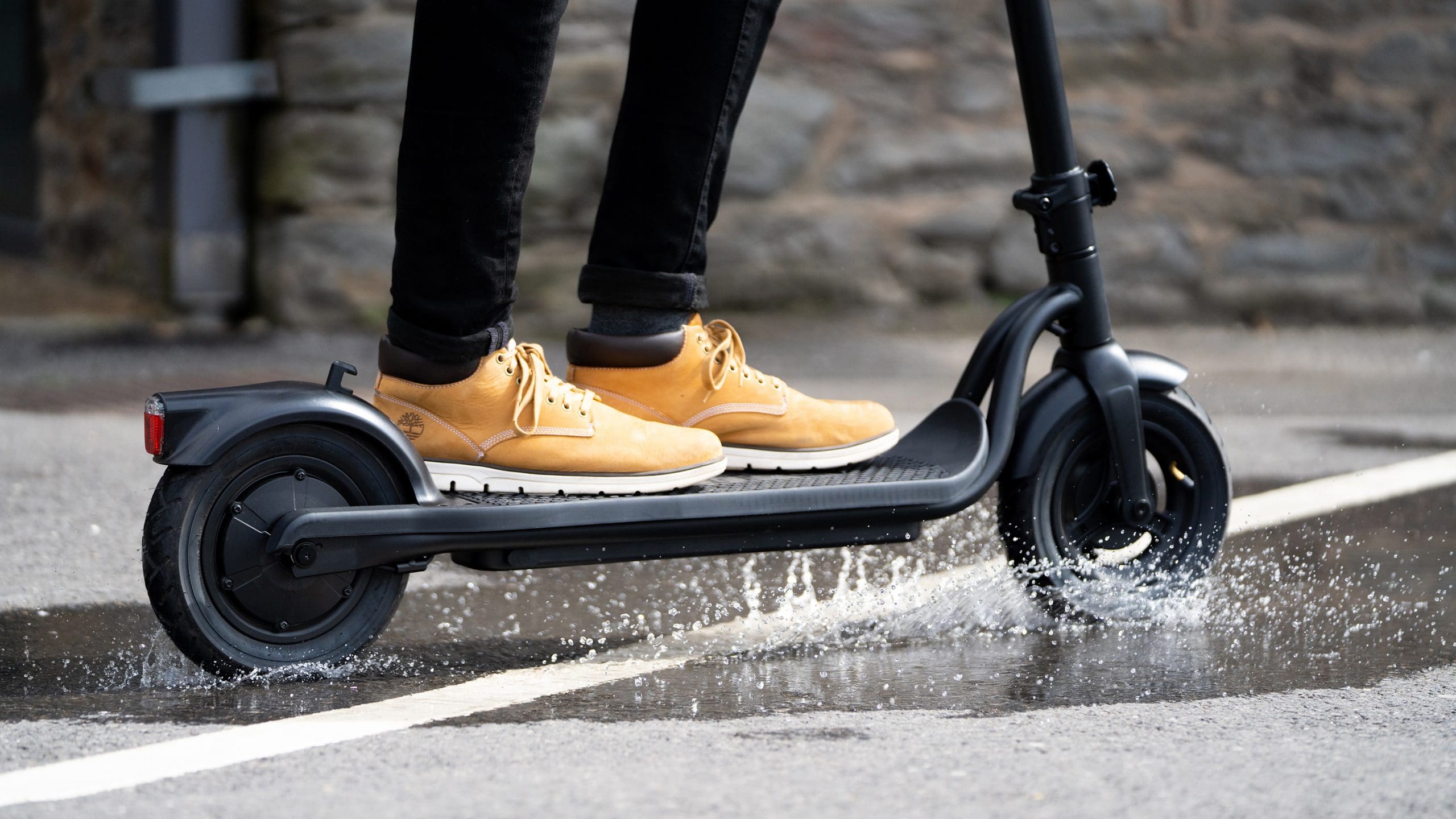
Although in the modern-day these models are heavily regulated with safety standards, rider safety still remains paramount. The typical entry-level for acceptable waterproofing is IP54, which offers moderate protection against low-pressure jet blasts and dust ingress at any angle. Any model with an IP54 rating proves safe to ride offroad, although we still recommend avoiding heavy rain or submerging your scooter.
Suspension
Having adequate suspension is incredibly important for any offroad vehicle. When off-roading, the terrain is often rough and bumpy. If a scooter doesn’t offer a suitable level of shock absorption, riders may find themselves losing control, getting thrown from their vehicle, or injured.
Whilst good suspension won’t save you from a hard fall or deep enough ditch, it remains integral for smooth and comfortable riding. Implementing such suspension is often a work of innovation, with many manufacturers formulating their own designs. However, most of these still fall into the three main types of suspension, detailed below:
- Spring suspension – Coiled spring absorbs shocks and reduced impact.
- Hydraulic suspension – Utilises a hydraulic actuator that quickly fills with liquid on impact, pushing against nearby components and causing them to spring.
Rubber suspension – Naturally soft and supportive whilst reducing vibrations and noise, although usually only when riding on roads.
We recommend looking for dual spring suspension, which most offroad models utilise already. This is because of its superior overall performance, making it a solid all-rounder suitable for a number of situations. However, single spring suspension is not recommended due to reduced absorption; with worse results than their dual spring and hydraulic counterparts.
Responsible Ridership
Lastly, rider responsibility is one of the most important factors in off-road capabilities. Whilst this includes knowing your route, it also means staying safe and sensible when riding. Don’t ride in bad weather conditions such as rain, slippery mud, snow, etc. If you’re new to riding or new to the scooter model, don’t go off-road straight away. We recommend always giving it a test run beforehand to best get a feel for it.

As a word of advice, many off-road electric scooters are heavy, typically 30-50+ kg. If you find yourself out of battery and using one as a kickscooter, take special care not to hit your foot against the kickstand or deck; this can cause serious damage depending on speed, weight, and angle of impact. Please leave us a comment if you feel there are any other off-roading components we have missed.
5 Outstanding Off-Road Electric Scooters
With equipment and off-road capability requirements covered, you may wonder which are the best brands to choose from. In comparison to street scooters, these off-road models offer great functionality both on and offroad, whereas the former struggles even on grass. To help give a better idea of what to look for, we’ve compiled a list of our 5 top picks for an offroad eScooter:
GT Pro 5600W
The GT Pro is definitely one of the most powerful off-road eScooters available on the market. Fitted with a massive 5600W motor, this mighty model is capable of reaching speeds of up to 55 mp/h (90 km/h). Its huge 60V lithium-ion battery allows this scooter to operate for up to 90 miles (150 km) from a single charge; with each charge taking just 5-8 hours from empty.
This was especially surprising, as many high-performance eScooters require charge times in excess of 8-12+ hours. If you can afford it, the GT Pro is the ultimate off-road ride!
KAABO Wolf Warrior 11
Another awesome addition to our list, this offroad scooter offers a superb top speed of 50 mp/h. This is in thanks to the dual 1200W motors, which claim a peak output of 5400W! As a result, tackling inclines, hills and other challenging terrains is a breeze, especially in “turbo” mode.
It comes with 11″ tubeless off-road tires as standard and is powered by a beefy 60V/35 Ah battery, for a range of 80 miles. However, the Wolf Warrior II is still quite heavy for such a design, weighing 43 kg even with a majority aluminium composition. Currently, this model is definitely one of the best electric scooters available for offroading.
Dualtron Thunder
This beast of a scooter boasts some of the most powerful off-road performance currently available. Comprising of two massive motors with a peak output of 5400W for a top speed of 50 mp/h; this monster model tackles inclines of up to 25 degrees and supports weights of 265 lbs.
It has one of the biggest batteries we’ve seen on a scooter (60V/35 Ah) and is capable of a 75-mile range.
Dualtron Ultra V2
This model offers almost the exact same specifications as the Thunder, although is more specialised for off-road use. Whilst maintaining similar components, the design is slightly different. Off-road wheels and an updated deck have been implemented, with the Ultra V2 also costing a little less than the Thunder.
According to the manufacturer, this model claims 17% extra capacity in battery and motor power. Read more about this model in our Dualtron Ultra V2 review.
Varla Eagle One
Although the stock model comes with city wheels, these can easily be replaced for off-road tires, also available from Varla’s accessories range. Even with the standard city wheels, we found the Eagle One to easily handle operation on grass and milder off-road terrains.
With a peak motor output of 3200W and a variety of speed modes, this model claims a top speed and range of 40+ miles.
The deck is wide and spacious, with enough traction to stand safely yet comfortably. Suspension for this model is great, with the dual spring soaking up otherwise harsh hits and impacts. As a result of such a sturdy design, this model weighs in at 34 kg.
Powered by two massive motors, it’s no surprise that this model makes our list. Learn more about this model in our complete Varla Eagle One review.
Inokim OXO
The Inokim OXO is a slightly lower priced entry to our top 5 offroad models. Whilst excelling in some aspects, there are a few factors that let this model down. Navigating the official website is a nightmare, but we see the overall design quality and components used are great. At 33.5 kg, this model is significantly lighter than competitors, whilst still fitting a sizable 60V/25.6 Ah LG battery.
This model feels like a cross between a city/commuting and high-performance scooter. Two 1000W brushless motors propel it to somewhat lacklustre speeds of 15 mp/h, although its range of 68 miles is remarkable.
The front and rear hydraulic disc brakes are suitably responsive, allowing riders to make sharp stops when needed. Although generally slow, we feel that this makes a great offroad choice for those on a slightly lower budget.
Closing
That covers the recommended requirements for a good, offroad capable electric scooter. We advise reading our upcoming PEV & Electric Bicycle Laws articles to ensure such e-Scooters remain legal in your region. Thanks for reading, we hope to have answered all your questions. As always, please leave us a comment and let us know what you think about these powerful scooters!



